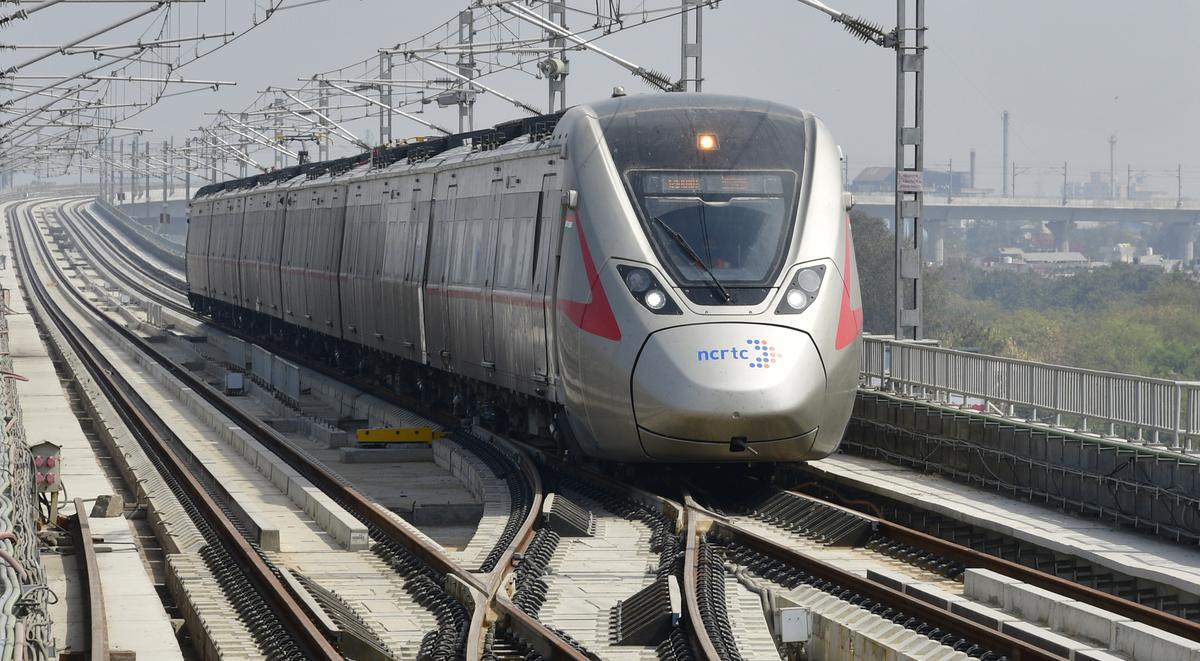- Courses
- GS Full Course 1 Year
- GS Full Course 2 Year
- GS Full Course 3 Year
- GS Full Course Till Selection
- Online Program
- GS Recorded Course
- NCERT (Recorded 500+ Hours)
- Polity Recorded Course
- Geography Recorded Course
- Economy Recorded Course
- AMAC Recorded Course
- Modern India, Post Independence & World History
- Environment Recoded Course
- Governance Recoded Course
- Science & Tech. Recoded Course
- International Relations and Internal Security Recorded Course
- Disaster Management Module Course
- Ethics Recoded Course
- Essay Recoded Course
- Current Affairs Recoded Course
- CSAT
- 5 LAYERED ARJUNA Mentorship
- Public Administration Optional
- ABOUT US
- OUR TOPPERS
- TEST SERIES
- FREE STUDY MATERIAL
- VIDEOS
- CONTACT US
National Indicator Framework (NIF) Progress Report 2023
National Indicator Framework (NIF) Progress Report 2023
ProgressReport2023-1688800972419.png)
Latest Context:
Recently, the Ministry of Statistics and Programme Implementation (MoSPI) released the Sustainable Development Goals (SDGs) National Indicator Framework (NIF) Progress Report 2023.
More about the news:
- This report tracks the progress achieved so far at the national level in respect of 17 Sustainable Development Goals (SDGs).
- The United Nations General Assembly (UNGA) adopted the SDG’s in 2015 and to monitor the implementation of different SDG’s, Inter-Agency and Expert Group on SDG Indicators (IAEG-SDGs) developed the Global Indicator Framework (GIF).
- Basically, the IAEG-SDGs was set up by the United Nations Statistical Commission (UNSC).
- GIF indicators have some specific methodologies and data sources and presently, the GIF has 248 indicators.
- In India, similar to GIF, the NIF was developed by the government in 2018 and it was aligned with the SDG global indicators.
- Presently, there are 284 indicators in the NIF.
- In 2019, the Government of India framed the guidelines for the States/UTs regarding the formation of State Indicator Framework (SIF) in their respective States/UTs.
About the SDGs
- SDGs are a set of global objectives established by the United Nations (UN) to address various social, economic, and environmental challenges faced by the world.
- The SDGs were adopted by world leaders in September 2015 and aim to guide global development efforts until 2030.
- There are 17 SDGs in total, each with specific targets to be achieved by 2030.
- These goals encompass a wide range of issues.
- The SDGs are interconnected and mutually reinforcing, recognizing the complex and interdependent nature of global challenges.
- They provide a framework for governments, businesses, civil society and individuals to work together and take actions that promote sustainability, equality, and the well-being of both people and the planet.
- Progress towards the SDGs is monitored through a set of global indicators, and countries are encouraged to align their national policies and strategies with the goals.
- Achieving the SDGs requires collective action, including mobilizing financial resources, promoting technology transfer, strengthening institutions, and fostering global partnerships.
The SDGs consist of 17 goals, each with specific targets to be achieved by 2030. These goals cover a wide range of interconnected issues and aim to promote sustainable development in all countries. The goals are as follows:
1. No Poverty
2. Zero Hunger
3. Good Health and Well-being
4. Quality Education
5. Gender Equality
6. Clean Water and Sanitation
7. Affordable and Clean Energy
8. Decent Work and Economic Growth
9. Industry, Innovation, and Infrastructure
10. Reduced Inequalities
11. Sustainable Cities and Communities
12. Responsible Consumption and Production
13. Climate Action
14. Life Below Water
15. Life on Land
16. Peace, Justice, and Strong Institutions
17. Partnerships for the Goals
Must Check: IAS Coaching Centre In Delhi


